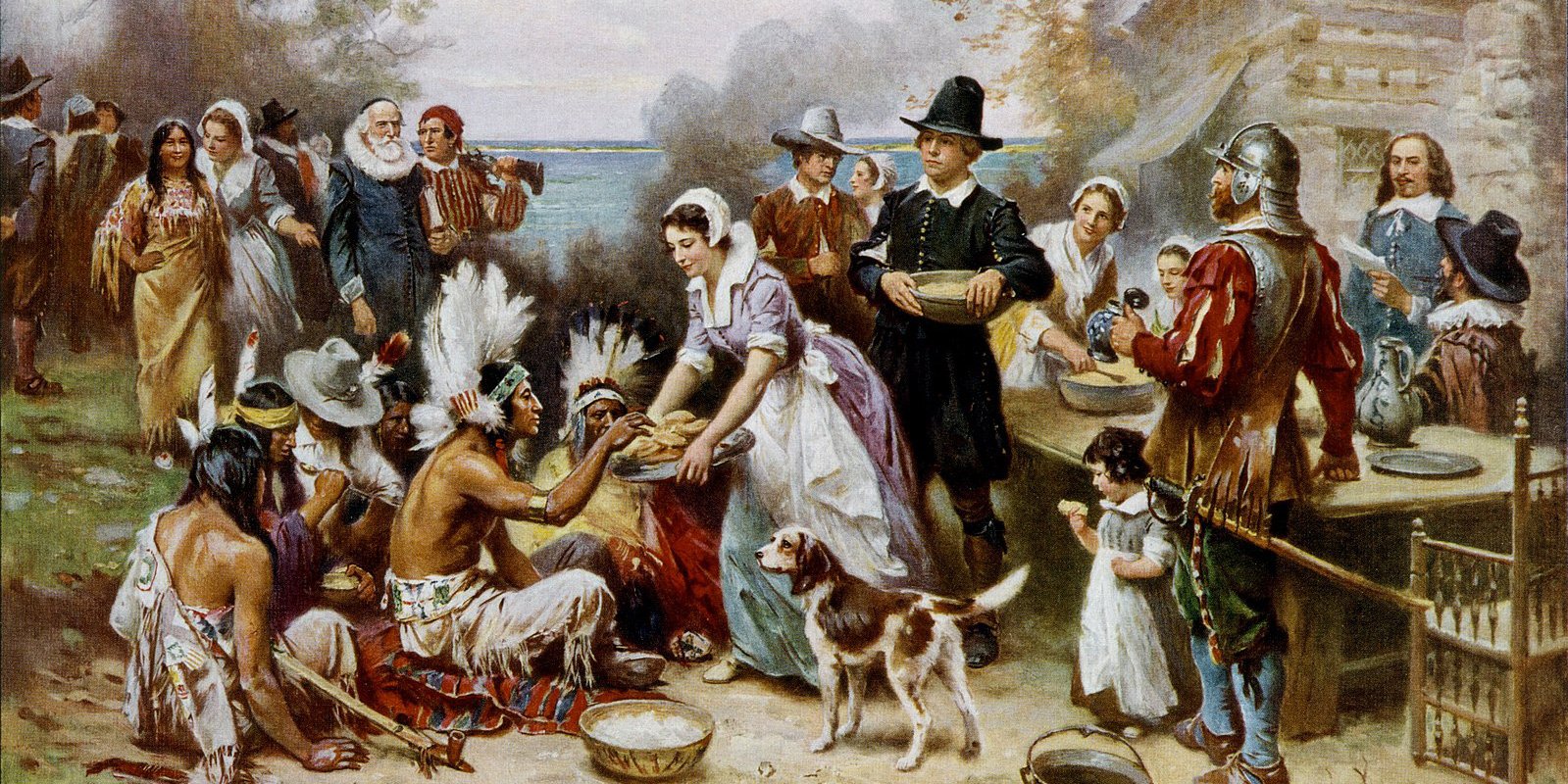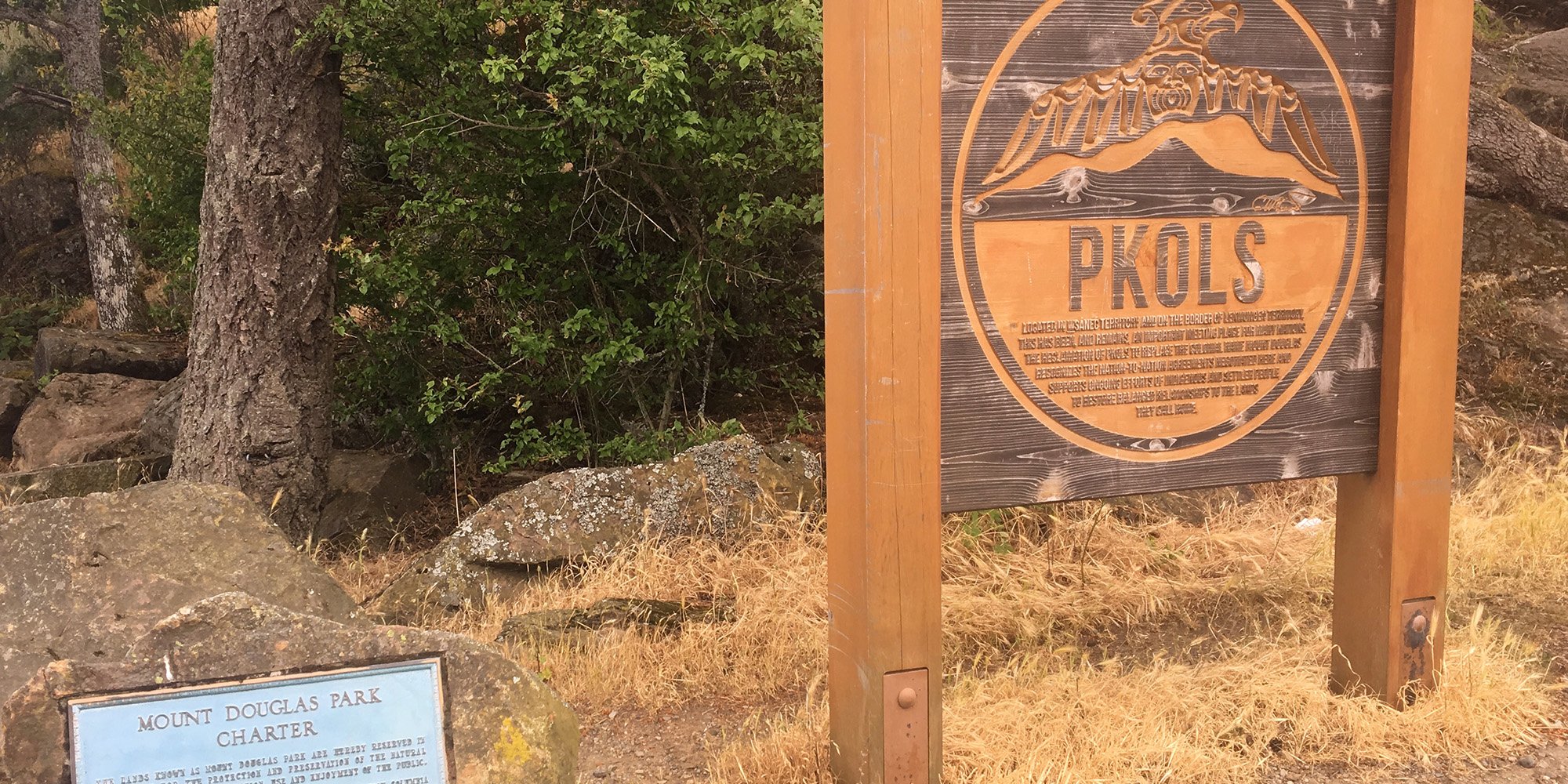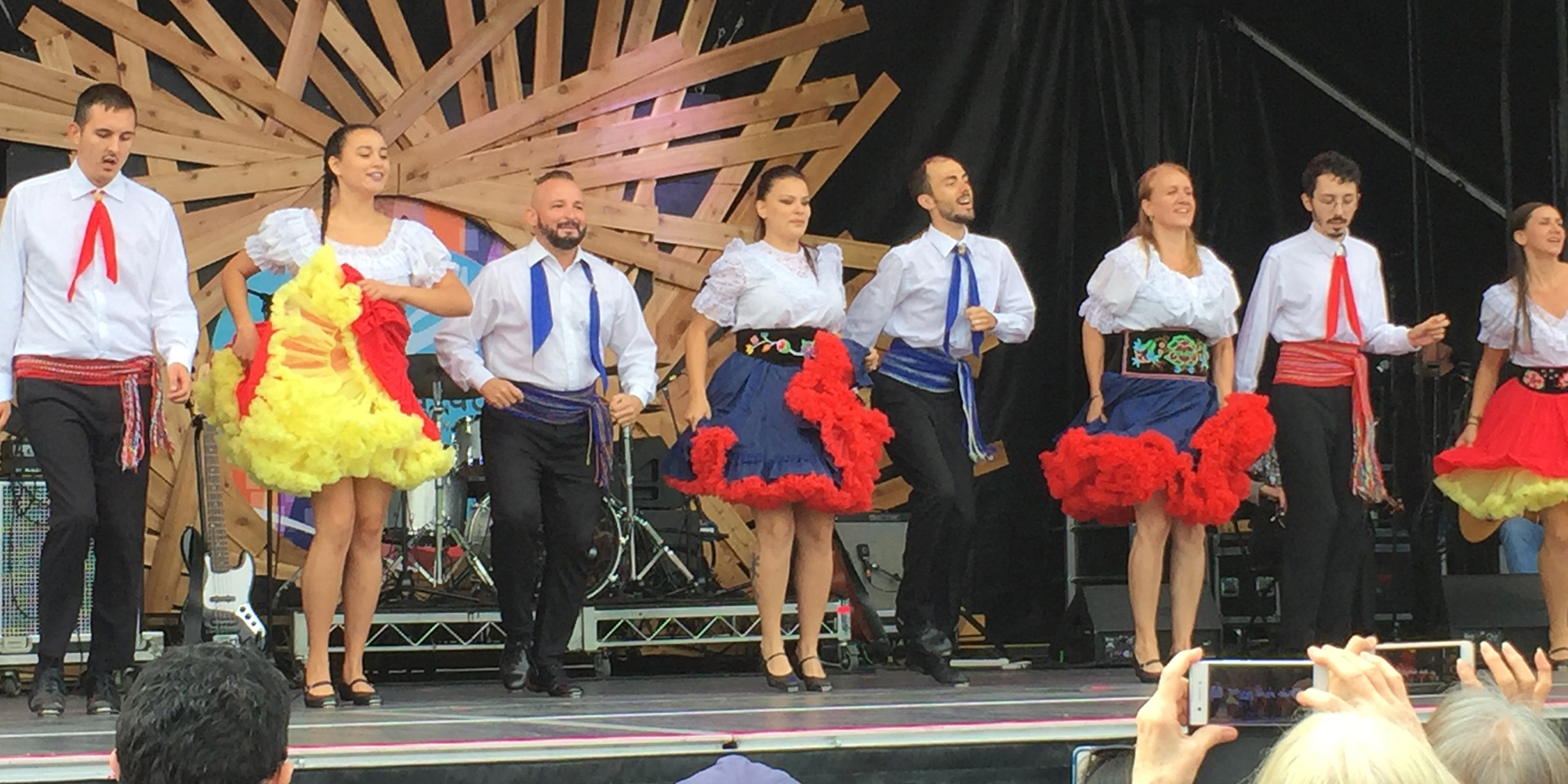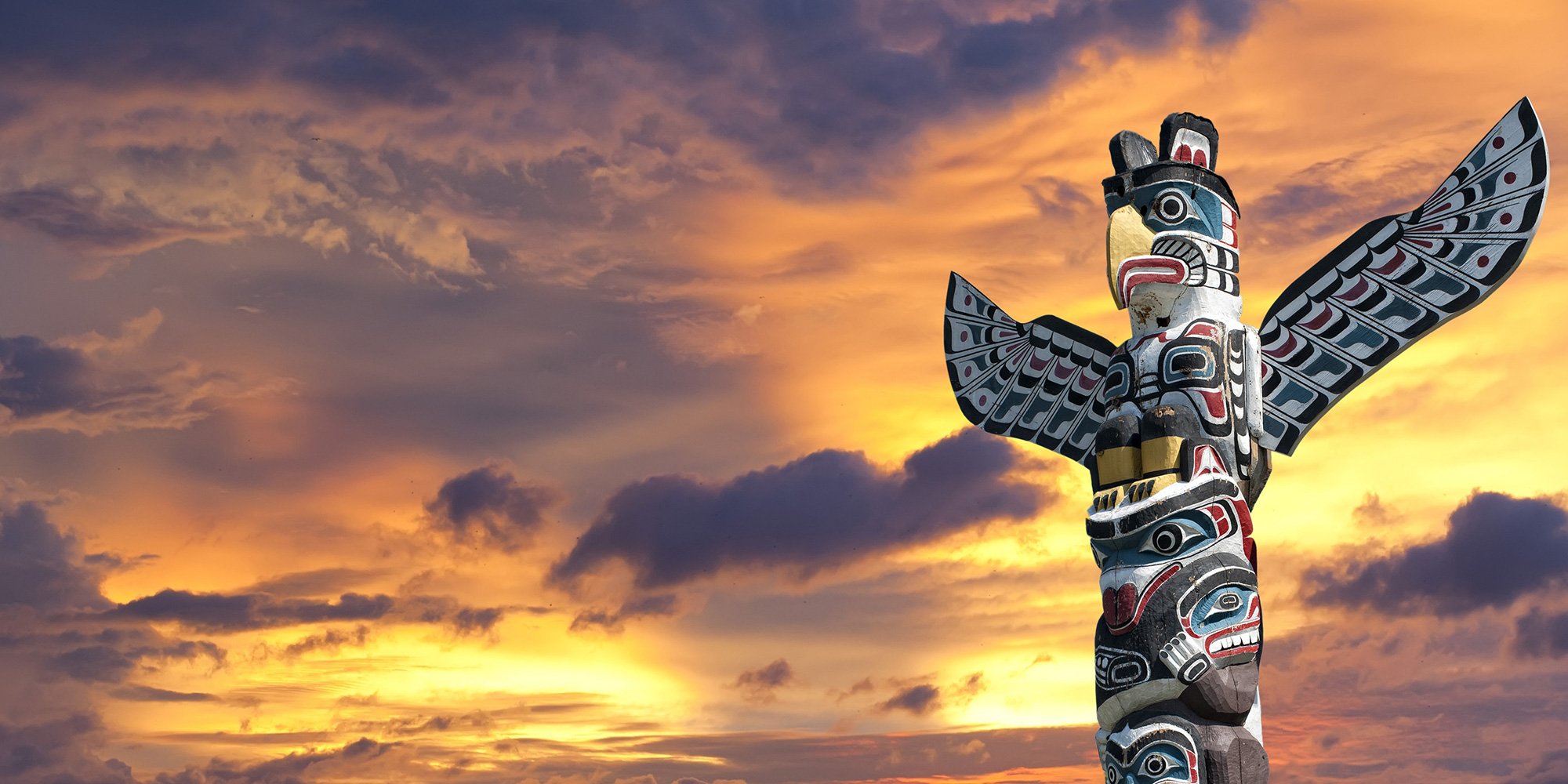The Relationship Between Indigenous Peoples and Place Names
What is the relationship between Indigenous Peoples and place names? Indigenous place names carry knowledge that has been passed from generation to...

The descendants of European settlers are brought up believing that it was their ancestors who celebrated the first Thanksgiving after surviving the harsh weather, and overcoming the uncertainty of ingesting unknown plants and animals of their new “home”. This is not true. But where did it begin? Here’s a brief look at its origins.
Some historians cite the 1578 Martin Frobisher expedition as the first Thanksgiving in Canada. In reality, it was more of a thanks for getting across the Atlantic Ocean alive than it was a thanksgiving for a bountiful harvest.
In 1606, in what is now known as Port Royal, Nova Scotia, Samuel de Champlain founded the Order of Good Cheer, a group tasked with keeping the morale of his company up. Part of these celebrations were harvest festivals. But what the history books are not forthcoming about is that their harvest, and survival, were largely due to the original inhabitants of the area, the Mi’kmaq people. It was they who instructed Champlain’s men on what kind of crops to plant, what fish were best and how to catch them, even in winter through the ice, and what fruit would prevent scurvy.
The history books say that Champlain invited the Mi’kmaq to join in their giving of thanks. The truth is, the Mi’kmaq saved Champlain and his men. Champlain went on to “settle” near Quebec and was helped there by the Montagnais, the Huron, the Odawa and the Nipissing Peoples. There was no Order of Good Cheer, but, again, thanks to these Indigenous People, there was survival through the brutally cold and potentially deadly winters.
Canadians are also aware of the American mythology surrounding the “first” Thanksgiving at Plymouth Rock, Massachusetts. Their traditions have seeped into a sort of common settler mythology that the Europeans survived through grit and determination. And while that may have some truth in it, their survival was due largely to the efforts, knowledge and compassion of the Indigenous Peoples. But the stories have become mythology and there is little acknowledgement of how large and vital a part of that story Indigenous Peoples were, particularly the Wampanoag.
The mythology is evident in the painting below. The First Thanksgiving 1621, oil on canvas by Jean Leon Gerome Ferris (1899) depicts the Wampanoag gratefully accepting food from the Pilgrims when it would be more accurate to say the reverse was true.
Whatever the early stories in both countries suggest, it wasn’t until the late 19th century that Thanksgiving became a statutory holiday in both Canada and the US, but that is a story for another time.
The truth is that long before Europeans arrived, Indigenous Peoples had many kinds of celebrations for the four seasons. One of the most revered traditions was that of the Harvest Gathering.
According to an American Indigenous Peoples’ website, Powwow, during the height of harvesting and gathering by Indigenous Peoples from the Southeastern US to the Northeastern US and Eastern Canada as well as around the Great Lakes, there would be great celebrations of thanks with music, song, dance, gifting and feasting. The general celebrations varied by location and community but often lasted anywhere from 4 to 7 days and sometimes even longer. The time was also used to work hard and long to prepare for the coming winter.
While both Indigenous and European thanksgivings were expressions of gratitude to their Higher Powers, European thanksgiving has become synonymous with the worst excesses of colonialism.
Just like Europeans claimed to have discovered lands that had been inhabited for millennia, the European Thanksgiving became the only recognized one. The contributions of Indigenous peoples were ignored, or at the very least, greatly diminished. Thanksgiving has become a symbol of the subjugation and attempted assimilation of the Indigenous Peoples. It is a source of pain, not of thanks, for many.
How can all people in Canada come together to truly give thanks and to move along a different path together? Take the time to learn and reconcile thanksgiving and perhaps, change the name to something without the connotations of the current name. It’s not a big step to take, but an important one.
For those looking to learn more about Indigenous culture and history, our Indigenous Awareness individual or group training options are a great place to start.
Enjoy your gathering, your feast, and your families wherever and whoever you are.
Featured photo: The First Thanksgiving 1621, oil on canvas by Jean Leon Gerome Ferris. Photo: United States Library of Congress's Prints and Photographs division under the digital ID cph.3g04961.

What is the relationship between Indigenous Peoples and place names? Indigenous place names carry knowledge that has been passed from generation to...

In National Indigenous Peoples Day: 10 Ways to Celebrate we have suggestions for celebrating this important day. Most of the suggestions involve...

Every June 21st, thousands of Indigenous Peoples celebrate National Indigenous Peoples Day (NIPD). This is a special day to acknowledge the unique...